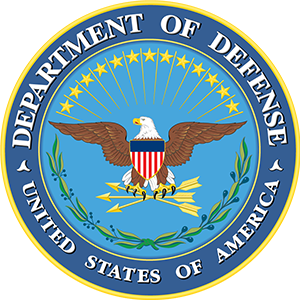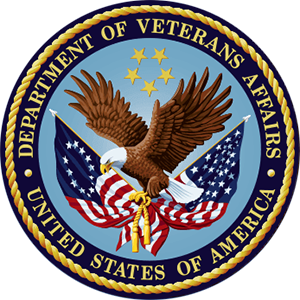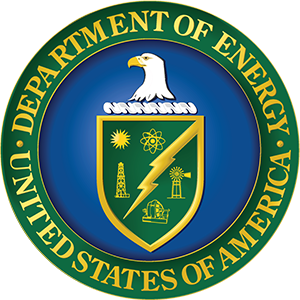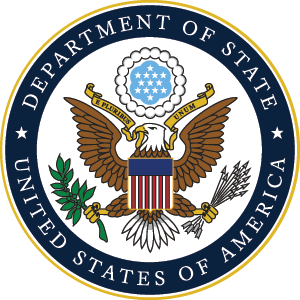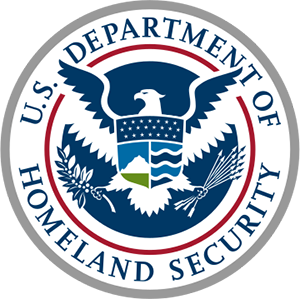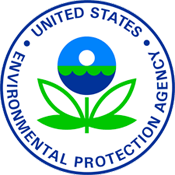Introduction
Within This Page
Retrofitting an existing building can oftentimes be more cost-effective than building a new facility. Since buildings consume a significant amount of energy (40 percent of the nation's total U.S. energy consumption), particularly for heating and cooling (32 percent), and because existing buildings comprise the largest segment of the built environment, it is important to initiate energy conservation retrofits to reduce energy consumption and the cost of heating, cooling, and lighting buildings. But conserving energy is not the only reason for retrofitting existing buildings. The goal should be to create a high-performance building by applying the integrated, whole-building design process, to the project during the planning or charrette phase that ensures all key design objectives are met. For example, the integrated project team may discover a single design strategy that will meet multiple design objectives. Doing so will mean that the building will be less costly to operate, will increase in value, last longer, and contribute to a better, healthier, more comfortable environment for people in which to live and work. Improving indoor environmental quality, decreasing moisture penetration, and reducing mold all will result in improved occupant health and productivity. Further, when deciding on a retrofit, consider upgrading for accessibility, safety and security at the same time. The unique aspects for retrofit of historic buildings must be given special consideration. Designing major renovations and retrofits for existing buildings to include sustainability initiatives will reduce operation costs and environmental impacts, and can increase building adaptability, durability, and resiliency.
Recommendations
Before making what may amount to a major investment in the retrofit of existing buildings for energy and sustainability improvements, it is important to determine if the investment is worthwhile in perspective with other building conditions. Is the building structurally sound? Are seismic upgrades needed to meet current standards and local building code requirements? Do hazardous material like asbestos, polychlorinated biphenyls (PCB) and lead paint have to be contained and removed? Can the work be done in phases to minimize disruption to the occupants? Relocating occupants to other facilities can be a significant expense. If a vegetative roof is being considered, is the roof able to support the additional weight without costly reinforcement? Look for opportunities to reduce the cost of the work by recycling waste and demolition materials.
Once you have determined that other building conditions are not impediments to upgrading for sustainability and improved energy performance, you should have a plan and follow a sequence of activities in order to determine the best options for energy and sustainability improvements.
First, determine if the existing systems are operating at optimum levels before considering replacing existing equipment with new higher efficiency equipment. This can be accomplished by performing an energy audit. Sometimes, considerable savings in utility costs can be gained by evaluating the performance of the building envelope and existing systems: leaks, clogged/dirty filters, stuck dampers, disabled sensors, faulty or incorrect wiring, or even lack of knowledge on how to properly operate and maintain equipment can all contribute to inefficiencies and increased costs. Audit the performance of the building's water systems as well; since leaking and inefficient systems not only waste water, they also use energy by needlessly running pumps and other electrical equipment.
Then, if the building is metered, review utility bills from the last two years to determine if consumption (not cost) has risen.
- Next, determine air tightness of the building envelope by examining the building envelope, looking for leaky windows, gaps around vents and pipe penetrations, and moisture intrusion. Upgrading heating and air-conditioning systems without addressing problems with the building envelope will result in less than optimum performance of those systems. Employ the methods in ASTM E1827 Standard Test Methods for Determining Airtightness of Buildings Using an Orifice Blower Door and ASTM E779 Standard Test Method for Determining Air Leakage Rate by Fan Pressurization. Consider also doing tracer gas test described in ASTM E741 Standard Test Method for Determining Air Change in a Single Zone by Means of a Tracer Gas Dilution.
For existing federal buildings, performing an energy audit (assessing existing condition and operational procedures of the building and major building systems and identify areas for improvement) is one of the Guiding Principles for Sustainable Existing Buildings.
Sustainability and Energy-Efficiency Strategies
Recommission all energy andand water systems to determine they are operating at optimum performance; then upgrade energy and water systems to minimize consumption.
Develop a plan to optimize the recycling and reuse of demolition debris and construction waste to minimize waste sent to landfills.
Evaluate occupancy patterns, then apply daylight, HVAC and lighting sensors in appropriate locations. Incorporate energy efficient lighting into the project as appropriate for the tasks and functions of the spaces.
Determine if natural ventilation and fresh air intake are feasible alternatives to reduce heating and cooling loads.
Investigate renewable energy options that can offset the purchase of fossil fuel-based energy.
Consider solar shading devices for windows and doors, including those that generate electricity by photovoltaic (PV) devices.
Replace existing windows with high-performance windows appropriate for climate and exposure. If building requires security upgrade, evaluate blast resistant windows and films. If building is located in a high noise area, evaluate windows that also include adequate exterior to interior noise reduction.
Analyze the benefits of distributed generation if the building is in a campus cluster or can share the on-site energy produced with adjacent buildings.
Balance the project's sustainable goals with its security goals including protecting the building and its occupants from natural and man-caused disasters.
Certain site renovations can improve the energy performance of the building including reducing the heat island effect.
Determine if a cool roof or green roof are cost-effective ways to reduce heat island effect and stormwater runoff.
Employ Energy Star and/or a green building rating system for existing buildings like LEED for Existing Buildings: Operations and Maintenance (LEED EBOM) or Green Globes for Existing Buildings to gage the building's level of performance.
For historic buildings, update systems appropriately to maintain a balance between the need for energy and water savings with the character of the original building fabric.
Take the opportunity afforded by the building renovation to incorporate sustainable operations and maintenance practices and switch to green cleaning products and methods.
To ensure a newly renovated building continues to perform as designed, measure the performance of the building regularly.
If not already metered, plan on installing meters for electric, gas, water and other utilities. Smart meters and submeters are preferable to monitor real-time consumption, control demand and increase tenant accountability (cost control).
Related Issues
COBie. Consider incorporating Construction Operations Building Information Exchange (COBie) during the planning stage. Energy Modeling is a useful computer-based tool to model the energy performance of the entire building or the systems within the building.
Relevant Codes and Standards
Relevant Codes
- Energy Independence and Security Act of 2007 (EISA)
- Energy Policy Act of 2005
- Executive Order 13221, "Energy Efficient Standby Power Devices"
- Executive Order 13693, "Planning for Federal Sustainability in the Next Decade"
Relevant Standards
- ANSI/ASHRAE/USGBC/IES Standard 189.1 Standard for the Design of High-Performance Green Buildings, except Low-Rise Residential Buildings
- ASHRAE 100 Energy Efficiency in Existing Buildings (ANSI Approved/IES Co-sponsored)
- International Green Construction Code (IgCC)
- PBS-P100 Facilities Standards for the Public Buildings Service—General Services Administration
Additional Resources
Organizations
Publications
- Advanced Energy Retrofit Guide for Office Buildings, DOE
- Advanced Energy Retrofit Guide for Retail Buildings, DOE
- "Energy Efficiency Retrofitting of Existing Buildings", Journal of Building Enclosure Design Winter 2009Download jbed_winter09.pdf
- The Greenest Building: Quantifying the Environmental Value of Building ReuseDownload The_Greenest_Building_lowres.pdf , National Trust for Historic Preservation

